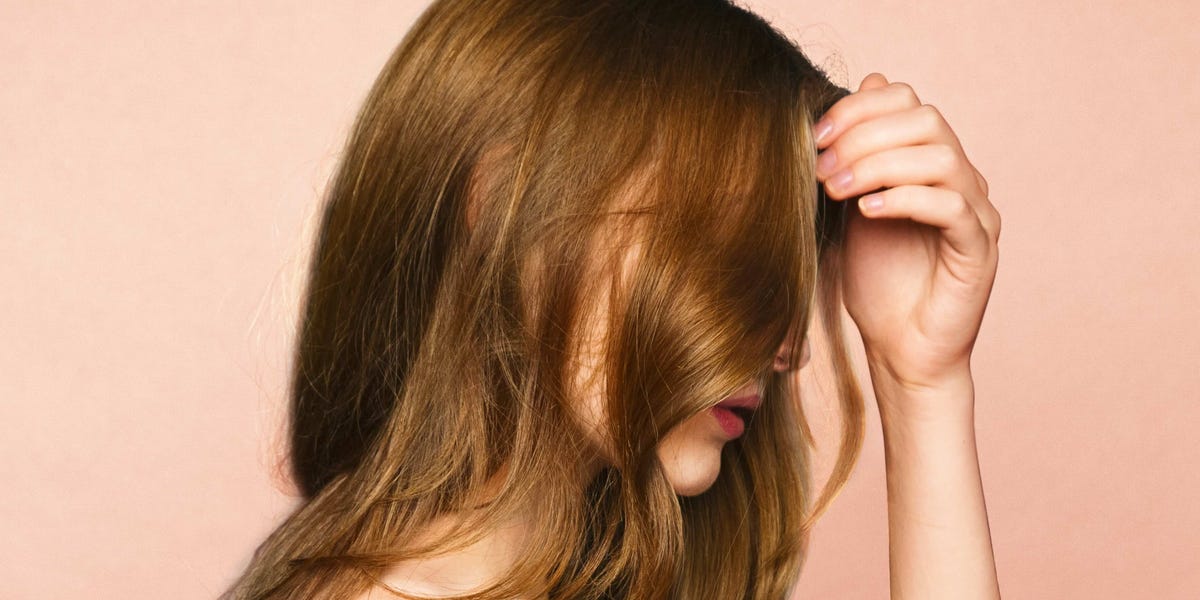Is Your Hair Falling Out? 3 Everyday Habits That Could Be to Blame (and How to Reverse the Damage)

Worried about thinning hair or noticing more hair in your brush than usual?
It's a common concern, and while genetics certainly play a role, the reality is that many of us are unknowingly damaging our hair with our daily routines. Before you jump to conclusions about complicated medical conditions, take a good look at your lifestyle. Dr. Kiera Gohara, a leading dermatologist, emphasizes that how you treat your hair directly impacts its health and can significantly contribute to hair loss.
Let's break down three key lifestyle factors that could be behind your hair woes, and more importantly, what you can do to fix them. Think of this as a chance to give your locks the TLC they deserve!
1. The Tight Styles Trap: Traction Alopecia Explained
We love a sleek ponytail, a chic braid, or a neat bun. But consistently pulling your hair back tightly can wreak havoc over time. This is known as traction alopecia, a type of hair loss caused by repeated tension on the hair follicles. Imagine constantly stretching a rubber band – eventually, it loses its elasticity and breaks. The same principle applies to your hair follicles.
What to do: Loosen up! Opt for looser hairstyles whenever possible. If you love ponytails, vary the placement and avoid pulling them too tight. Consider switching to soft, fabric-covered hair ties instead of rubber bands. Give your hair breaks from styling altogether - let it hang loose whenever you can!
2. Heat Styling & Chemical Treatments: A Recipe for Weakened Strands
Blow dryers, straighteners, curling irons… we all crave that perfect, styled look. But the excessive heat from these tools damages the hair's protein structure, leading to dryness, brittleness, and breakage. Similarly, chemical treatments like perms, relaxers, and harsh dyes can strip the hair of its natural oils and weaken it significantly.
What to do: Reduce heat styling as much as possible. When you *do* use heat, always apply a heat protectant spray. Consider air-drying your hair more often. When it comes to chemical treatments, space them out as much as possible and choose gentler formulas. Deep conditioning treatments are your best friend!
3. Harsh Products & Ingredients to Avoid
Many shampoos and conditioners contain sulfates (like sodium lauryl sulfate and sodium laureth sulfate) and alcohol, which can strip the hair of its natural moisture, leaving it dry, brittle, and prone to breakage. These ingredients create a foamy lather, but they can be incredibly damaging over time.
What to do: Read your ingredient labels! Choose sulfate-free and alcohol-free shampoos and conditioners. Look for products that are hydrating and nourishing, containing ingredients like argan oil, coconut oil, or shea butter. A weekly hair mask can work wonders for restoring moisture and shine.
The Takeaway: Small Changes, Big Results
Hair loss can be distressing, but often, it's preventable. By making a few simple changes to your lifestyle and hair care routine, you can protect your hair follicles, strengthen your strands, and promote healthy, vibrant hair. If you’re concerned about significant or sudden hair loss, it’s always best to consult with a dermatologist to rule out any underlying medical conditions. Don't wait - your hair will thank you!





